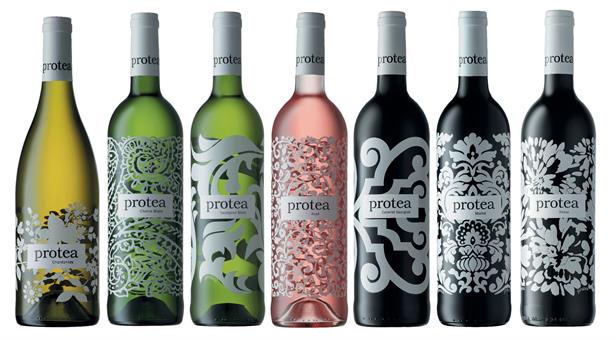Your guide on how to read a wine label.
Wine of Origin (W.O.)
One of the most important criteria to determine the character and quality of the wine. Where does the wine come from? This is a tip to determine the ‘nature’, the soil, climate, location, ‘human hand’, choice of grapes, viticulture and winemaking practice. If the label says ‘Wine of Origin Western Cape’, it means that the grape could come from anywhere in that region. If it says ‘Durbanville’, 100% of the grapes come from Durbanville.
Estate wine
This means 100% of the grapes come from that particular estate mentioned on the label. The wine must be grown, made and bottled there.
Vintage year
If the label says 2014, it means that at least 85% of the wine consists of wine produced from grapes harvested during that year. For example, sauvignon blanc. This means that at least 85% of that wine was made from sauvignon blanc. The winemaker may have sneaked in a bit of semillon to round off the wine without having to say so!
Blended wine
In the case of a blended wine, each cultivar (grape variety) must be mentioned in descending order according to volume. Blends are the opportunity for winemakers to create magic. The mélange of a number of wines from various sites and/or grape varieties enables them to create a wine that we say is ‘greater than the sum of its parts’.
No sulfites added
Sulfites are usually added as an antiseptic to protect the wine from bacteria, to preserve its natural flavour and prevent oxidation (browning). The same procedure is used in processed foods such as bacon, jam, frozen potatoes, tinned food and much more. Today, sulfite-free wines (although, these are never 100% free as nature produces natural sulfites) are available, thanks to modern production techniques. This requires not only organic farming, but also high standards of hygiene in the winery.









